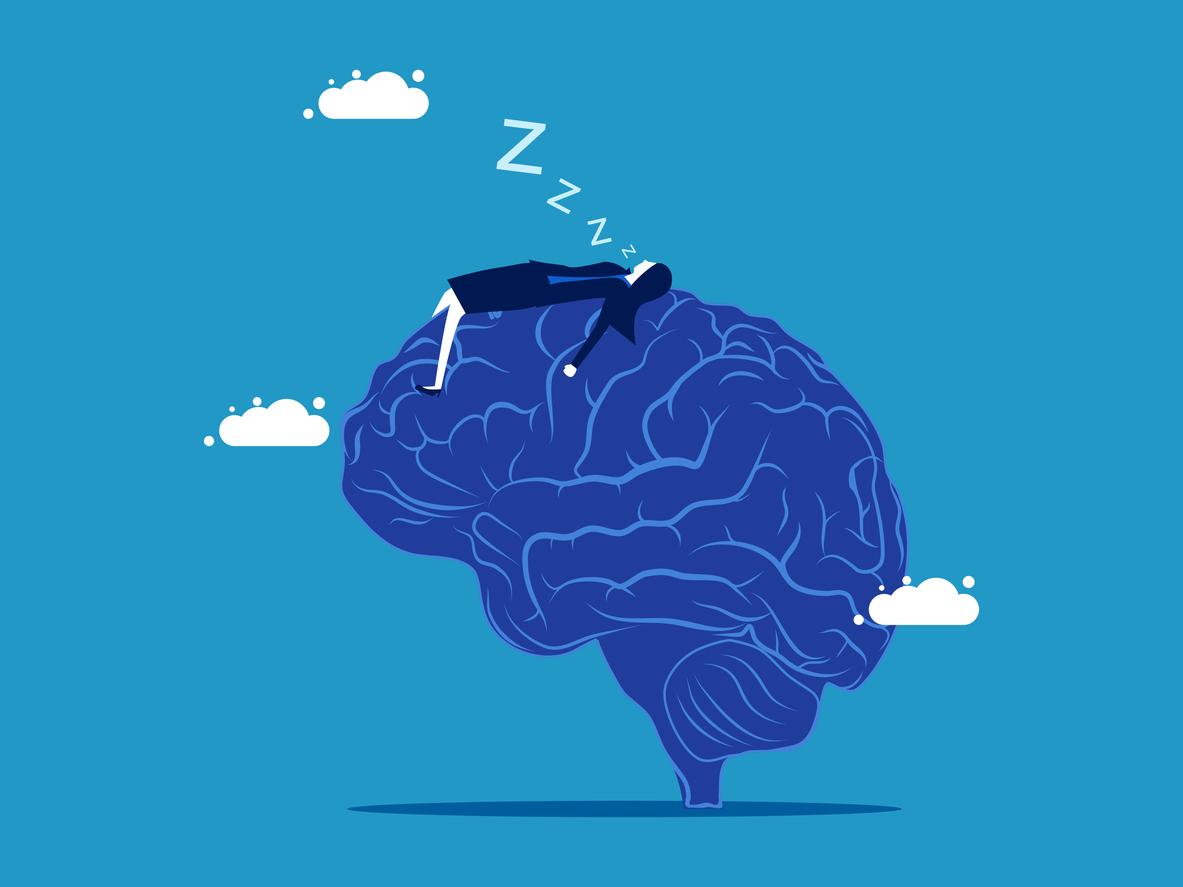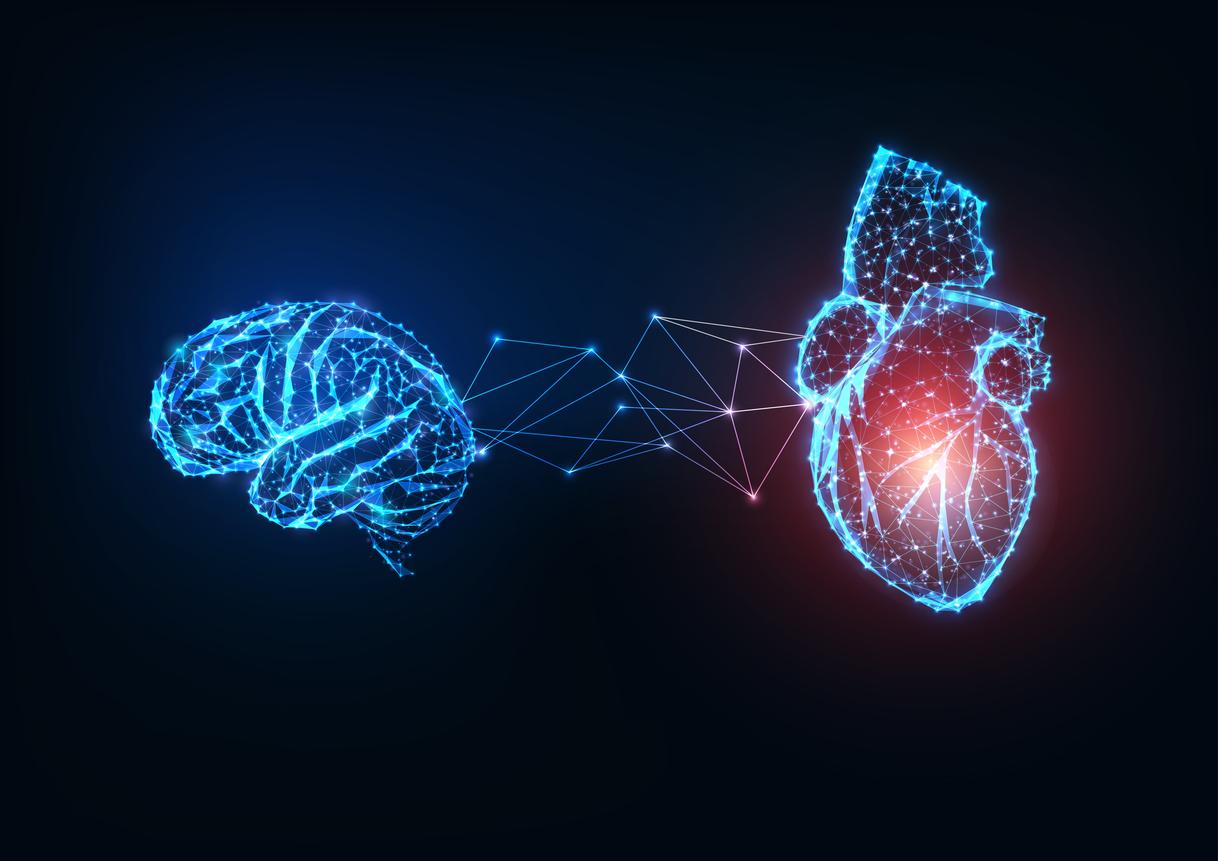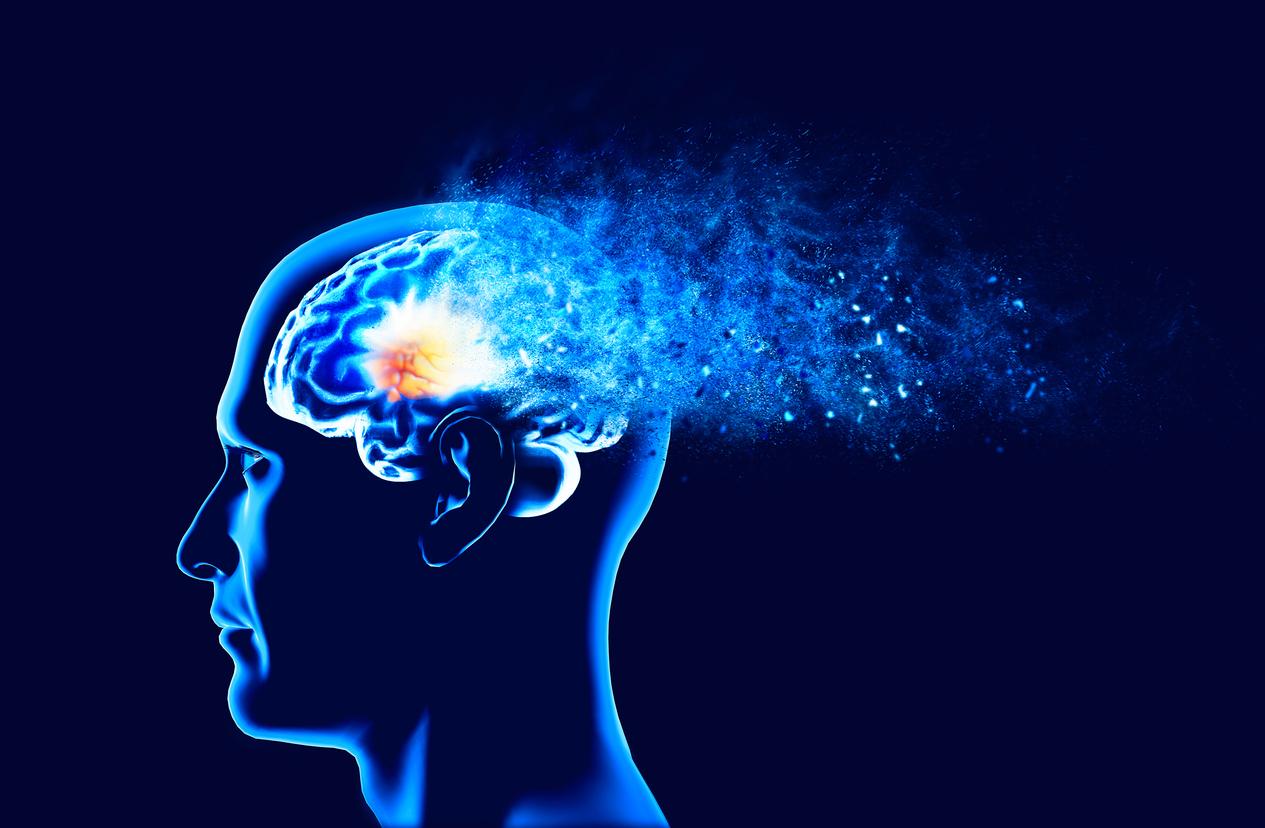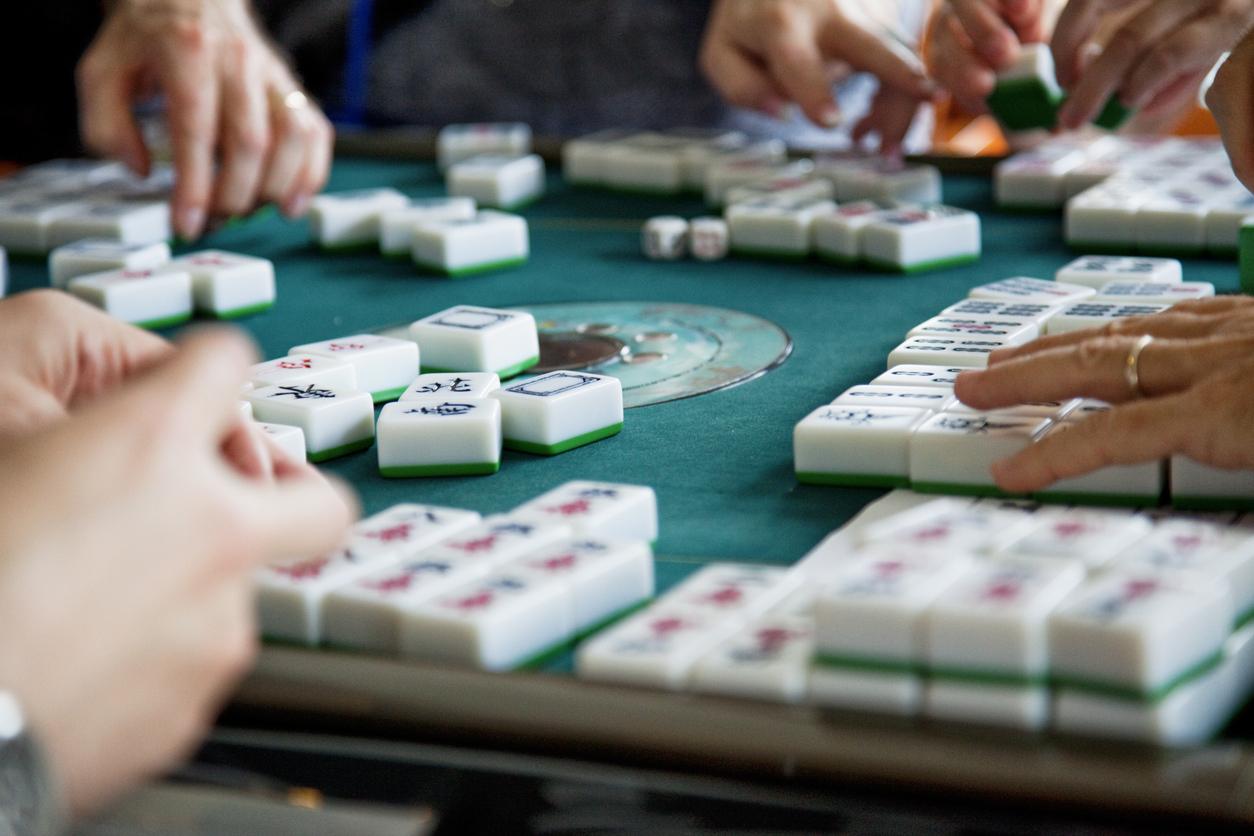Brain regions known to be involved in memory are not activated when recalling a traumatic experience.

- Traumatic memories are represented differently from sad memories in the brains of adults affected by post-traumatic stress disorder.
- This finding explains why recall of traumatic memories often manifests as intrusions in patients.
- It also provides “a neuronal target”.
In people with post-traumatic stress disorder, the resurfacing of traumatic memories often manifests as intrusions that differ profoundly from the processing of “normal” negative memories.“These features have fueled theories speculating about a unique cognitive state linked to traumatic memories. Yet, to date, little empirical evidence supports this view,” said researchers from Yale University (United States). That’s why they conducted a study to determine whether memories related to traumatic events in patients affected by post-traumatic stress disorder are “an alternative cognitive entity” that departs from normal memory.
Post-traumatic stress: 3 types of autobiographical memories developed in patients
As part of the work, the scientists focused on the hippocampus and the posterior cingulate cortex to find out whether these two brain regions differentiate traumatic memories from sad events. As a reminder, post-traumatic stress disorder is linked to structural abnormalities (mainly a reduction in volume) of the hippocampus. As for the posterior cingulate cortex, it is strongly involved in narrative comprehension, autobiographical processing and, in particular, in the imagery of emotional memory.
For their research, they recruited 28 people diagnosed with post-traumatic stress disorder. To generate stimuli based on participants’ individual autobiographical memories, the team used an image development procedure. Volunteers developed three types of autobiographical memories: those associated with their post-traumatic stress disorder (e.g., sexual assault, domestic violence), sad but non-traumatic memories (e.g., the death of a family member family or pet), a positive and calm event (for example, memorable outdoor activities).
Next, the adults underwent autobiographical memory reactivation by listening to approximately 120-second stories, told by one of the researchers, describing their own memories while they performed an MRI.

“The brain does not treat traumatic memories like regular memories”
According to the results, published in the journal Nature Neuroscience, in the hippocampus, sad memories elicited similar neural representations in participants. Conversely, thematically similar traumatic autobiographical memories were not represented in the same way among individuals with posttraumatic stress disorder. Another observation: the severity of individual symptoms modulated the representation of traumatic stories in the posterior cingulate cortex.
“Our data show that the brain does not treat traumatic memories as regular memories, or even as memories at all. We observed that brain regions known to be involved in memory are not activated when remembering “a traumatic experience. This discovery provides a neural target”, concluded Daniela Schiller, co-author of the study, in a statement.
















